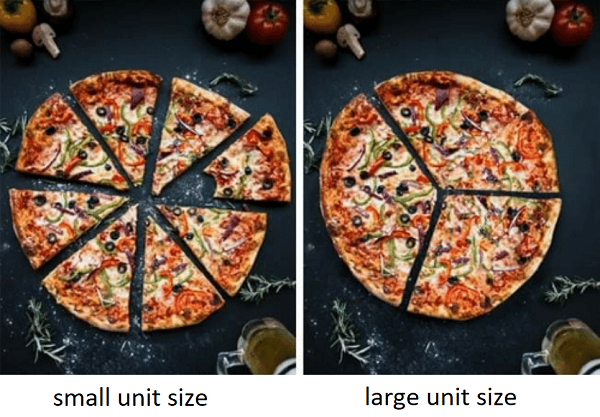Are you being served? Managing waist and waste via serving size, individual unit size and self-serving

Is it possible to reduce food waste and the amount of food consumers eat while at the same time keeping consumers satisfied? Amber Werkman a.o. studied this and came up with a solution. In line with the tendency “it is often easier to change one’s environment than to change one’s mind”, their research offers opportunities for consumers as well as organizations to structure food environments so that one can eat well while wasting less.
Food waste and overconsumption
Many societies currently face two prominent challenges regarding food consumption: food waste and overconsumption. One-third of all edible food destined for human consumption is lost or wasted each year within the food supply chain. Consumers are responsible for up to 65% of the total amount of food waste and are therewith the largest waste contributors.
Overconsumption is a fundamental cause of obesity, which has become a principal health concern in communities across the world. Worldwide, obesity has nearly tripled since 1975.

Self-serving
Werkman explains: “We sought for a way of reducing food consumption and food waste without lessening consumer satisfaction. From previous research, we already know that people consume less when a serving of food is presented in smaller versus larger units. With unit size, we mean the size of the units into which a given amount of food is divided. For example, two pizzas may be equal in serving size but can differ in unit sizes (eight slices versus three slices). However, when consumers eat less of their serving (because of the smaller units), food waste of that same serving will increase.
We wanted to look at what would happen if consumers are allowed to serve themselves their preferred amount of food. Our findings demonstrate that self-serving smaller versus larger units of food reduces the amount of food consumers serve themselves, lessens food consumption, and minimizes food waste while maintaining consumer satisfaction.
For example, restaurants can facilitate self-serving smaller units by offering shared dishes from which consumers can take a preferred amount of food.”
Pay more for smaller servings
Werkman would like to continue this line of research. “Moving forward, I would like to understand how these concepts affect consumers’ purchasing behavior. Are consumers willing to pay more for food products that are packaged in smaller servings and/or units? We presume that these packages can increase consumers’ self-control with regard to food consumption and food waste.
For more information, please contact Amber Werkman
You can read the research article on ScienceDirect.com.
| Last modified: | 30 January 2023 11.31 a.m. |
More news
-
29 April 2024
Royal Decoration awarded to Gerard van den Berg
The Faculty of Economics and Business is very proud to announce that Professor Gerard van den Berg has been appointed Officer of the Order of Orange-Nassau. The decoration was presented to him by Mayor Koen Schuiling of the Municipality of...
-
29 April 2024
Guido Berends and Hylke Dijkstra win FEB Research Awards 2023
The awards for best PhD thesis and best graduate of the research master were presented at the annual PhD conference held on April 18. Guido Berends won the Best PhD Thesis Award 2023 and Hylke Dijkstra won the Research Master Graduate Award 2023.
-
25 April 2024
Lineke Sneller appointed as Professor of Practice of Digitalization & AI in Accounting and Auditing
The Faculty of Economics and Business (FEB) is pleased to announce that as of 1 May, professor Lineke Sneller will be appointed as Professor Practice of Digitalization & AI in Accounting and Auditing. The chair is situated within the department of...
